Our search among companies continues to understand concretely what it means to integrate appliances and kitchen furniture. Trends can be different: from the creation of a perfectly homogeneous environment, to conceiving a space characterized by a harmony of contrasts.
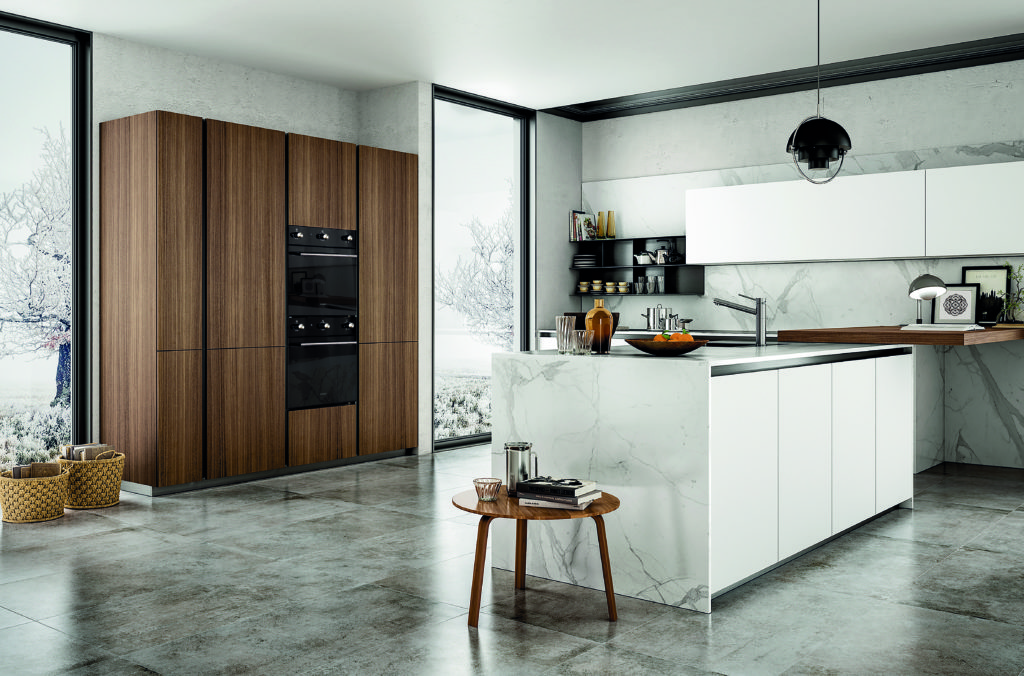
by Elena Corti
The increasing integration between home appliances and kitchen furniture is now an ongoing trend, which can however be achieved by focusing on different stylistic and design choices. There are those who aim at a very uniform effect, with essential lines and spaces designed to best accommodate a growing number of devices that almost “disappear” in the kitchen furniture, and those that conceive the integration as a harmony of contrasts, where the appliance is highlighted and becomes a protagonist thanks also to the new proposals in terms of design. Certainly colors, materials and finishes are key aspects for the integration of the various elements of the kitchen environment, without forgetting the technical factors that allow the perfect installation of appliances in furniture and ensure functionality.
| Questions to the companies 1 We are frequently talking about the integration between home appliances and kitchen furniture: in your opinion, is this a trend that will become increasingly important in the near future? 2 Do you believe that the diffusion in the kitchen of an increasing number of home appliances, new types of products and appliances with non-traditional dimensions will push to rethink the design of the kitchen? 3 In your opinion, what are the factors that allow a true integration between home appliances and kitchen furniture to create a homogeneous space? |
Glem Gas

1 In our opinion a polarization will be created: on one side we will have the furniture and the appliance that will integrate with each other and will find in the kitchen environment, that is more and more important, a harmonious collocation, while – on the other side – the contrasts will prevail that will lead to make the appliance and the furniture stand out in a complementary way. On the one hand, therefore, we will have the perfect and complete integration of the appliance with the furniture: in this case the tendency is to maintain an extremely clean and essential design where the lines perfectly merge together. On the other hand, we will have instead a real “explosion” of design, where appliance will become the protagonist of the kitchen and where color contrasts will prevail. Here we will have a product that will tend to be more and more customizable and with an extremely appealing design. Colors and innovative style will distinguish it and make it a furnishing item full of character and functionality.
2 Of course, this trend has already been in place for years. We only think of the 75 cm hobs, that were a novelty 10 years ago. Today there are 78 cm induction hobs and built-in fridges higher than the latest standards. We will go towards a gradual redefinition of the dimensions, even in width: for example, we start to see refrigerators for furniture of 75 cm.
3 Unfortunately, in recent years we have seen less and less people able to understand the furniture, its “soul” and its use. We see appliances completely different from the reality and needs of our time. They seem to be designed by people who do not put their noses out of their technical studies. Fortunately, there are some companies, like ours, that make design combined with practicality their reason for being, combining vision and mission in dedicated projects that, launched on the market, obtain great successes. If I had to summarize all this, I would say that the factor that allows integration is only one: good taste.
Ilve
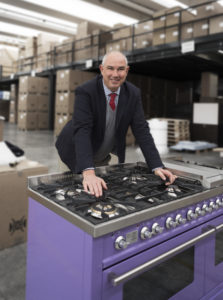
1 This is a trend that during the latest years has seen the appliance “disappear” in furniture. It is dictated by a choice of minimalist taste, usually associated with a return of the white/gray/black colors that a few years ago had disappeared from the ranges of household appliances, supplanted by the stainless aesthetics, and that today are in vogue. These trends, we have seen, are cyclical and last a few years. Personally I think that the appliance, being the functional part of the kitchen, must be positioned so that it is easy to use and has no limitations in performing its functions. I’ll give an example: flush top built-in hobs have limited burner powers as they heat a lot.
2 For what concerns us, our flagship products are the “cooking blocks” of a professional type, thought however for the home, and I must say that often the design of the kitchen starts just from the cooking block that becomes the qualifying element of the kitchen itself. The appliance (in particular when we speak of cooking) is in fact the part that most characterizes the kitchen. Ilve is used to selling “big” products; the appliances we sell the most are of 90, 100 and even 120 cm with two or three ovens. Kitchen, however, even if the spaces are reduced, becomes more and more a protagonist because the wall between kitchen and living room is often broken down to obtain an environment where is possible stay all together. In addition, the tendency is to see the size of the appliances grow but, above all, to see the number of the same increase, perhaps including a steam oven, a blast chiller or the vacuum machine of which they speak so often in the “star” kitchens.
3 Without doubt, colors, materials and finishes (handles and knobs). Also the measures are important as finally the integrated installation (for example the “flush top” hobs mentioned above). But be careful to “hide” the appliance completely, the risk is to make the kitchen a walk-in closet…

Officine Gullo

1 It is a trend that certainly has an important relevance because the style of a kitchen acquires greater identity when the appliances are well integrated into the environment, making it perfectly homogeneous. Moreover, for a better optimization of the spaces, the furniture is custom-designed on the basis not only of the dimensions but also according to the various appliances.
2 Absolutely yes. Technology is constantly changing and brings changes in the way to design the kitchen space. Increased attention is given to the cooking tools, both in terms of appliances number and type and of their size. It is inevitable that the distribution of spaces changes but not only: the choice of materials also changes, that sometimes must be suitable to support even non-usual temperatures.
3 Making a comparison between a kitchen and a car, we can say that the dashboard of a car masks the internal technology giving an aesthetic perfectly integrated with the bodywork. In the design of a kitchen we see more or less a similar process: household appliances are placed in specifically designed spaces and then uniformed to the environment through the use of aesthetic elements, such as masks or colors, where any detail, perfectly cared, completes and uniforms the entire kitchen space in an excellent way. Exactly like the chrome details of a vintage car.
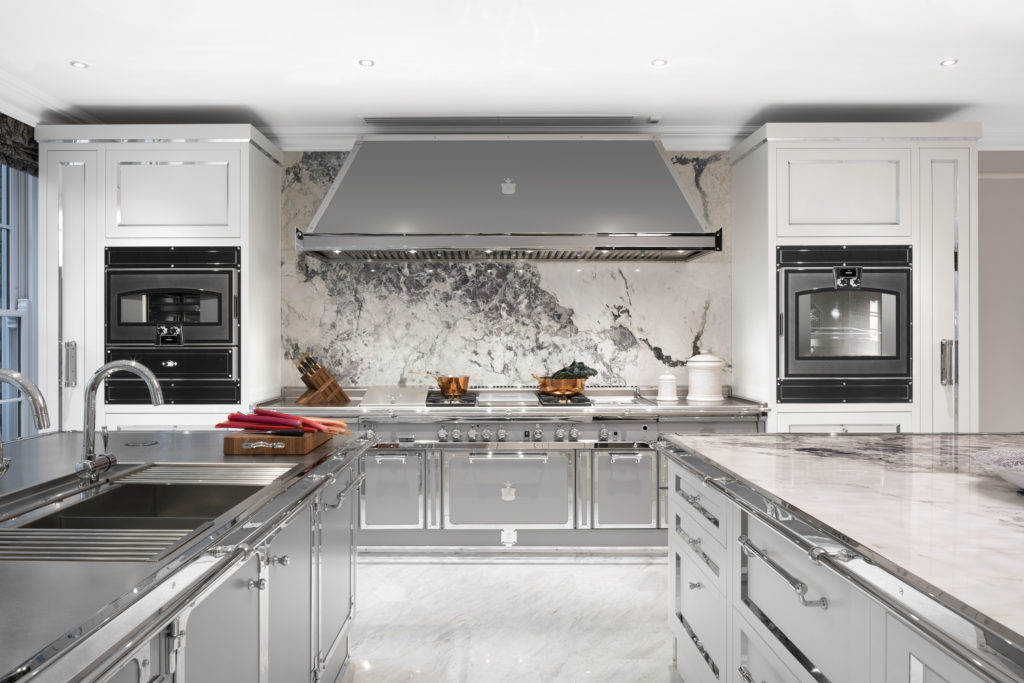
Sirius

1 We are not very interested in trends or fashions, so I cannot answer. Instead, we are interested in creating products that last over time and that use technology, not for mere marketing purposes, but to improve people’s lives. We follow with great interest the developments that are taking place in recent years in the Information Technology field, above all regarding the artificial intelligence subject. We are aware that in the near future such progress will radically modify the man-appliance relationship and consequently the relationship between man and kitchen space.
2 As mentioned before, the traditional kitchen environment will no longer exist. There will be a changing space that will transform according to the needs of those who live there. Not just the kitchen, but the whole house will be a hybrid space in which functions mix and overlap.
3 More than of integration between household appliances and kitchen furniture, I would speak of a relationship man-appliance-kitchen space. In the future, as already happens in some sectors, it will be possible to communicate with the kitchen equipment and monitor them from outside too. In a less near future, home appliances will be able to make autonomous choices, minimizing the human intervention. I like, therefore, to think of the kitchen of tomorrow not as a minimalist environment with furniture that hide appliances, but as a container of technology at the service of man.
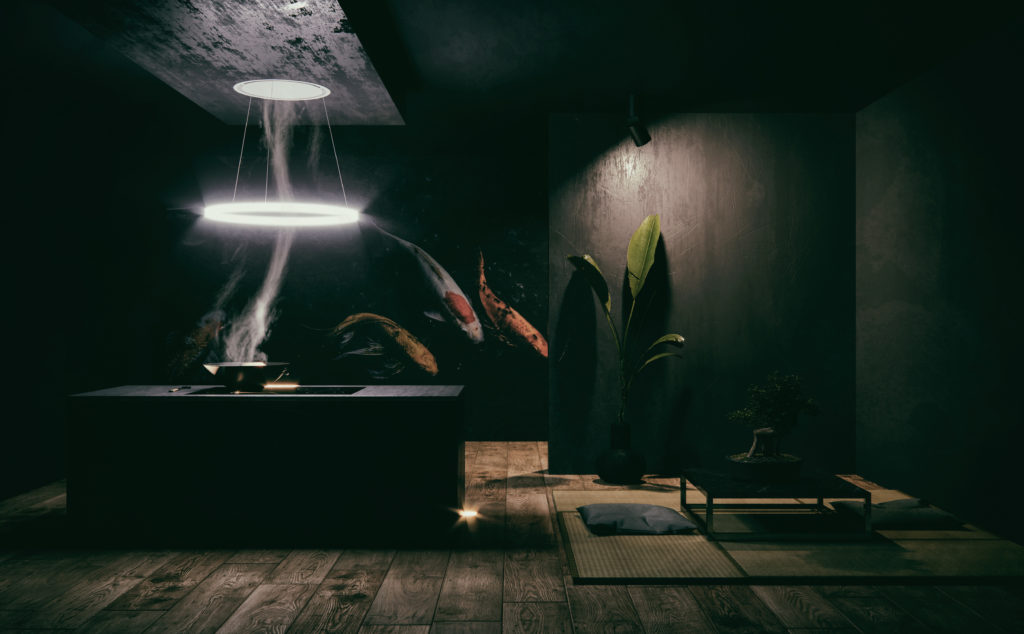
Smalvic

1 It is a trend that will develop further, especially in the high-end range. Here design and technology are the password, and designing the kitchen and living space as a unicum is one of the cornerstones of design. To integrate into the cooking space means, from my point of view, to make the elements coexist in an intelligent way, not necessarily to hide, thus seeking innovative solutions. Even in the “normal” kitchen the trend is a design that aims to integrate: not devoted to aesthetics in the absolute sense, but looking for practical solutions, easy in every sense.
2 The “non-traditional” dimensions of ovens and hobs have always been in the heart of Smalvic: we have in the catalog since an immemorial time the 90 cm ovens, but also the 45 or 36 cm ones, and for the hobs … we really have all measures! Also for free-standing cookers, our Less kitchen block is produced in 3 sizes: 90, 120 and 150 cm. Our company has chosen to have a wide range of measures and solutions (think for example of the a gas oven) to be competitive in international markets. In Italy the new “out-of-size” measures are also the result of the trend that sees the cooking area and the cooking activity itself as the beating heart of the home and that makes the kitchen the place of the aggregation for excellence.
3 The aesthetic component is very important, but we must not forget some more technical aspects such as the compatibility of the used materials and the measures. The insertion of the appliance must be done in a rational way, taking into account the needs of the built-in and so correct distances, spaces for venting, materials able of supporting a functional combination… for us, integration into the kitchen is not just a furnishing trend.
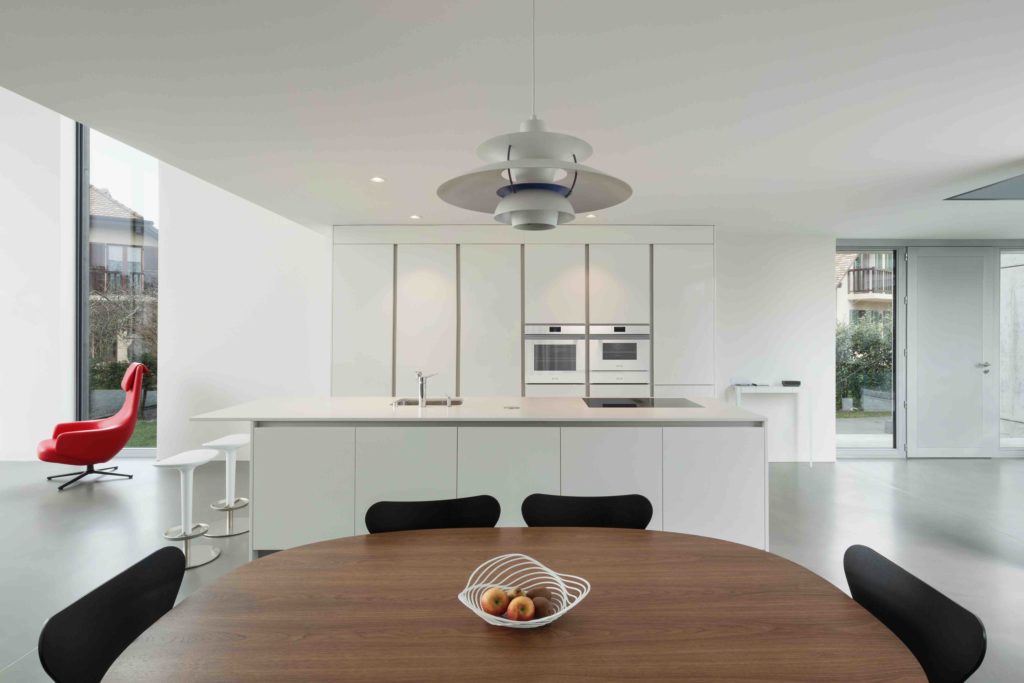
Zepa-Teka

1 We at Zepa- Teka Group believe that the trend will be directed towards increasingly functional and modular areas, with specialized blocks for cooking, storage and washing. The basic purpose is obviously to pursue the stylistic rigor of the whole. This belief is confirmed by what emerged at the Salone del Mobile 2018 or at IFA in Berlin, where the main drivers were the prestigious materials, the personalization of the spaces and the combination of living and kitchen in general. The classic subdivision of base/hanging furniture has thus been overcome to reach equipped areas, hidden by retractable doors or even integrated into monolithic blocks. And in all this, home appliances become protagonists of furnishing.
2 Undoubtedly. The not “traditional” dimensions first had an impact on the height of kitchen cupboards and worktops. In fact, the traditional depth of the 60 cm bases has reached greater and more ergonomic measurements, and this has happened for a simple reason: increasing the depth of the bases means lowering the wall units that so take on a much more functional position. In addition, the depth of 80 cm allows greater visibility on the work surface and offers the possibility of cooking in a more open space, eliminating the sense of constraint and increasing the freedom of movement. For these reasons, the home appliances world has embraced this new stylistic and functional trend with the creation of larger products than the classic 60×60 cm: just think that the Zepa turnover related to the aforementioned models is constantly increasing by 20%.
3 First of all, we are looking at a transformation of the kitchen that is no longer, as in the past, the place around which the family reunites; in fact nowadays the kitchen is furnished according to the ritual taste of the visit and no longer of the affections. Just like in fashion, there is the search of a total look for the kitchen and for the home, and we start talking about total living. In my opinion, therefore, given this stylistic/functional trend, attention to detail and attention to high quality are very important integrating factors in the creation of a homogeneous environment, as well as the uniformity of style and design.

The Blend model of Zepa combines gas and induction technology. Other product plusses are: touch controls combined with front knobs, automatic ignition, timer, Auto Lock security device and residual heat indicator! #staytuned #zepa #iitaliandesign
Posted by Zepa Spa on Saturday, July 28, 2018



